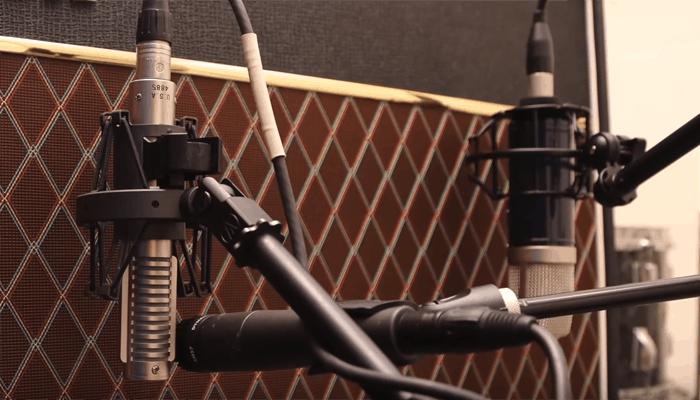The different microphones & what they’re used for
- Written by News Co Media

There are different types of microphones used in music, each fulfilling their own purpose. This article will give you a rundown of the different types of microphones used in music and especially vocals.
The thing is, when it comes down to microphones, there are just so many variations. From choosing the right microphone for live performances to choosing one that matches your style, all the way through to choosing the perfect microphone stands for sale, there is so much to consider.
If you’ve been looking for the right microphone for live performances and recording, this is a great article to get you started.
3 types of music microphones
These are the three primary microphones most commonly used in music, coming in either USB or XLR connectivity.
Dynamic
If you are looking for a microphone that is truly versatile and reliable, then dynamic microphones are the perfect place to start. They have a moving coil magnetic diaphragm, which helps them easily capture sound and do so at high pressure levels.
Therefore, they can be utilised for micing loud sound sources like guitar and bass amplifiers, as well as drum kits, without the worry of unwanted damage or distortion. Finally, they don’t just contain a high sound pressure level (SPL) - they also work well with quieter sound settings and this is what makes them truly dynamic.
Condenser
Condenser microphones contain a thin conductive diaphragm that sits near a metal backplate. This design works like a capacitor where sound pressure vibrates the diaphragm. this , in turn, alters the capacitance to produce an audio signal. As they utilise capacitance as opposed to actual moving coils, sound quality and fidelity is enhanced, making condenser microphones ideal for precision studio recording.
This sound method requires power, so you’ll need a direct box with phantom power (except when batteries are utilised) or a mixer. Regardless of the instrument you are recording, condenser microphones will work well as long as the sound pressure levels don’t become too big. These microphones aren’t as sturdy as their counterparts, so be sure to handle them with care.
Ribbon
These microphones aren’t as popular as they used to be, but they were once the go-to microphone for the radio industry. These microphones utilise light metal ribbon that allows them to pick up the air’s velocity and not just the air displacement. This creates improved sensitivity to higher frequencies, capturing higher notes without any harsh sounds and retaining that nice vintage sound.
Nowadays, ribbon microphones have come back into fashion, as modern ribbon microphones are sturdier than their older versions as well as being far more reliable. They are a versatile microphone that allows for multi-instrument recording in locations where noise level is easily manageable. They are also popular for artists looking to create a more vintage sound, and can be set up with condenser or dynamic microphones to really open up the sound.
Vocal microphones
When performing live, you want to use a cardioid microphone. This is one that captures the sound that’s in front of it whilst blocking out everything else. Recording vocals in a studio is different as there has to be more attention paid to the singer’s distinctive style. Large diaphragm condensers work best for studio recording.
If you are looking for a more vintage sound (which is quite popular in modern music), consider using dynamic mics or ribbon mics for that warm sound. Furthermore, small diaphragm omnidirectional microphones and shotgun microphones can be awesome for capturing singing groups and choirs, and are perfect for venues with amazing acoustics.

